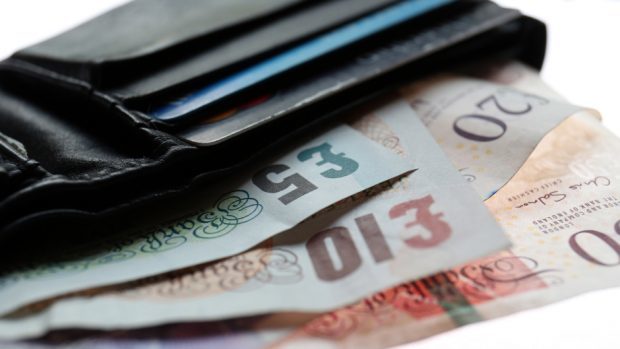North-east residents continued to have more spending money than any other part of Scotland during the worst years of the oil and gas downturn.
New figures show that Aberdeen city still boasted the highest gross disposable household income (GDHI) in 2016, with Aberdeenshire having the third largest, just behind Edinburgh.
The £22,508 average disposable income in Aberdeen was 32% higher than the figure for the whole of Scotland, and the £20,681 in Aberdeenshire was 22.5% above the national average.
However, the two north-east council areas did experience the biggest falls in GDHI in Scotland between 2015 and 2016, with Aberdeenshire dropping by 3.4% and Aberdeen’s falling by 1.5%.
Aberdeenshire East MSP Gillian Martin believed the North Sea downturn would have played a part in the drop, but said the figures showed how the region remained economically strong.
“The north-east continues to be Scotland’s economic powerhouse and recent figures have shown employment is almost back to 2015 levels following the oil price crash three years ago,” she said.
“The downturn in oil and gas has clearly had an impact on income. The threat of Brexit has also been an impact and underlines the need for a continued single market and customs union membership to protect the north-east economy.”
GDHI is the amount of money that all of the individuals in the household have available for spending or saving after they have paid direct and indirect taxes and received any direct benefits.
The data emerged just days after a Scottish Government survey showed that Aberdeen had lost 9,000 workers in 2016 as it witnessed the sharpest decline in employment rates in Scotland.
However, last year it “bounced back” by experiencing the most dramatic increase in the country, as the employment rate increased by 8,300.
As well as Aberdeenshire and Aberdeen, three other council areas in Scotland experienced a decline in GDHI between 2015 and 2016, including the Western Isles, which dropped by 0.3% to £16,479, and Shetland, where it fell by 0.1% to £20,124.
Moray and Orkney both increased by 2.8%, to £18,284 and £18,381 respectively, while Highland’s figure had risen by 2.7% to £18,482, and Argyll and Bute’s went up by 2.6% to £17,787.
Across Scotland, the average GDHI in 2016 was £17,026, which represented a 0.1% increase on the year before.
